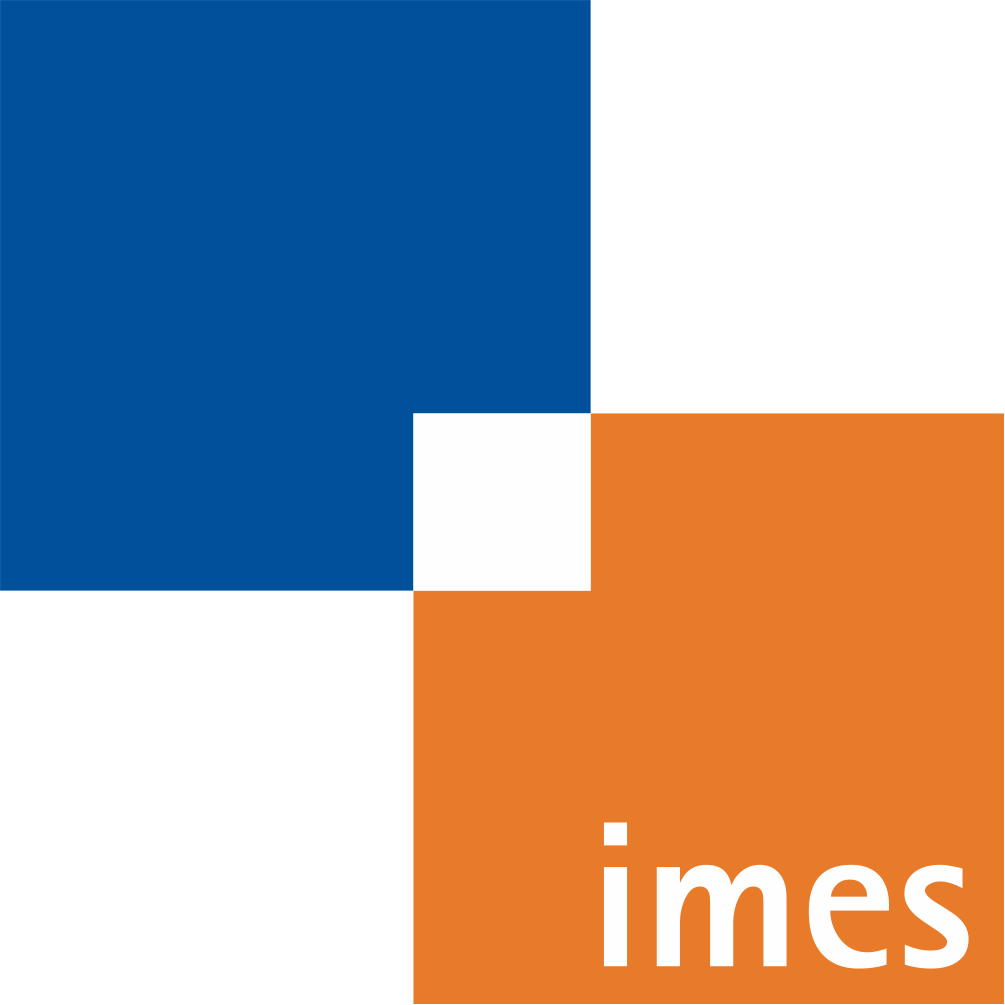Computational Analysis of the Droplet-Stimulated Laryngeal Adductor Reflex in High-Speed Sequences
- verfasst von
- Jacob Friedemann Fast, Andra Oltmann, Svenja Spindeldreier, Martin Ptok
- Abstract
Objectives/Hypothesis The laryngeal adductor reflex (LAR) is an important protective mechanism of the airways. Its physiology is still not completely understood. The available methods for LAR evaluation offer limited reproducibility and/or rely on subjective interpretation. A new approach, termed Microdroplet Impulse Testing of the LAR (MIT-LAR), was recently introduced. Here, the LAR is elicited by a droplet and a laryngoscopic high-speed recording is acquired simultaneously. In the present work, image-processing algorithms for autonomous MIT-LAR sequence analysis were developed. This allowed the automated approximation of kinematic LAR parameters in humans. Study Design Development and testing of computational methods. Methods Computational image processing enabled the autonomous estimation of the glottal area, the glottal angle, and the vocal fold edge distance in MIT-LAR sequences. A suitable analytical representation of these glottal parameters allowed the extraction of seven relevant LAR parameters. The obtained values were compared to the literature. Results A generalized logistic function showed the highest average goodness of fit among four different analytical approaches for each of the glottal parameters. Autonomous sequence analysis yielded bilateral LAR response latencies of (229 ± 116) ms and (182 ± 60) ms for cases of complete and incomplete glottal closure, respectively. The initial/average/maximum angular vocal fold adduction velocity was estimated at (157 ± 115) °s−1/(891 ± 516) °s−1/(929 ± 583) °s−1 and (88 ± 53) °s−1/(421 ± 221) °s−1/(520 ± 238) °s−1 for complete and incomplete glottal closure, respectively. Conclusion The automated extraction of LAR parameters from laryngoscopic high-speed sequences can potentially increase the objectiveness of optical LAR characterization and reduce the associated workload. The proposed methods may thus be helpful for future research on this vital reflex. Level of Evidence N/A Laryngoscope, 2022
- Organisationseinheit(en)
-
Institut für Mechatronische Systeme
- Externe Organisation(en)
-
Fraunhofer-Einrichtung für Individualisierte und Zellbasierte Medizintechnik (IMTE)
Medizinische Hochschule Hannover (MHH)
- Typ
- Artikel
- Journal
- The laryngoscope
- Band
- 132
- Seiten
- 2412-2419
- Anzahl der Seiten
- 8
- ISSN
- 0023-852X
- Publikationsdatum
- 12.11.2022
- Publikationsstatus
- Veröffentlicht
- Peer-reviewed
- Ja
- ASJC Scopus Sachgebiete
- Hals-Nasen-Ohrenheilkunde
- Elektronische Version(en)
-
https://doi.org/10.1002/lary.30041 (Zugang:
Offen)
